Charlottesville, Va., blew up a year ago, the tiki torch march illuminating the night skies of Aug. 11, 2017 and street confrontations ending in death the next day. But six weeks before all that, the white supremacist Richard Spencer stood in front of the Lincoln Memorial and was roundly ignored. “There has been an awakening,” Spencer insisted to the cameras assembled around him and the occasional passerby who paused only a moment or two before moving along.


“They have Confederate flags and Nazi symbols and they’re just standing there, and nobody’s paying attention,” recalls photographer Mark Peterson, who was among the cluster of media that day. “And six weeks later Charlottesville happened and everybody did pay attention to the same group doing the same thing. It’s just pretty surreal.”
The question when photographing any fringe groups, but especially those that preach hate, is whether you are amplifying a message that would otherwise be lost in the wind, and encouraging an advocate who, left alone, might slink off. But President Donald Trump’s notorious defense of the white supremacists at Charlottesville — “I think there is blame on both sides” — wiped that nuance clean away.
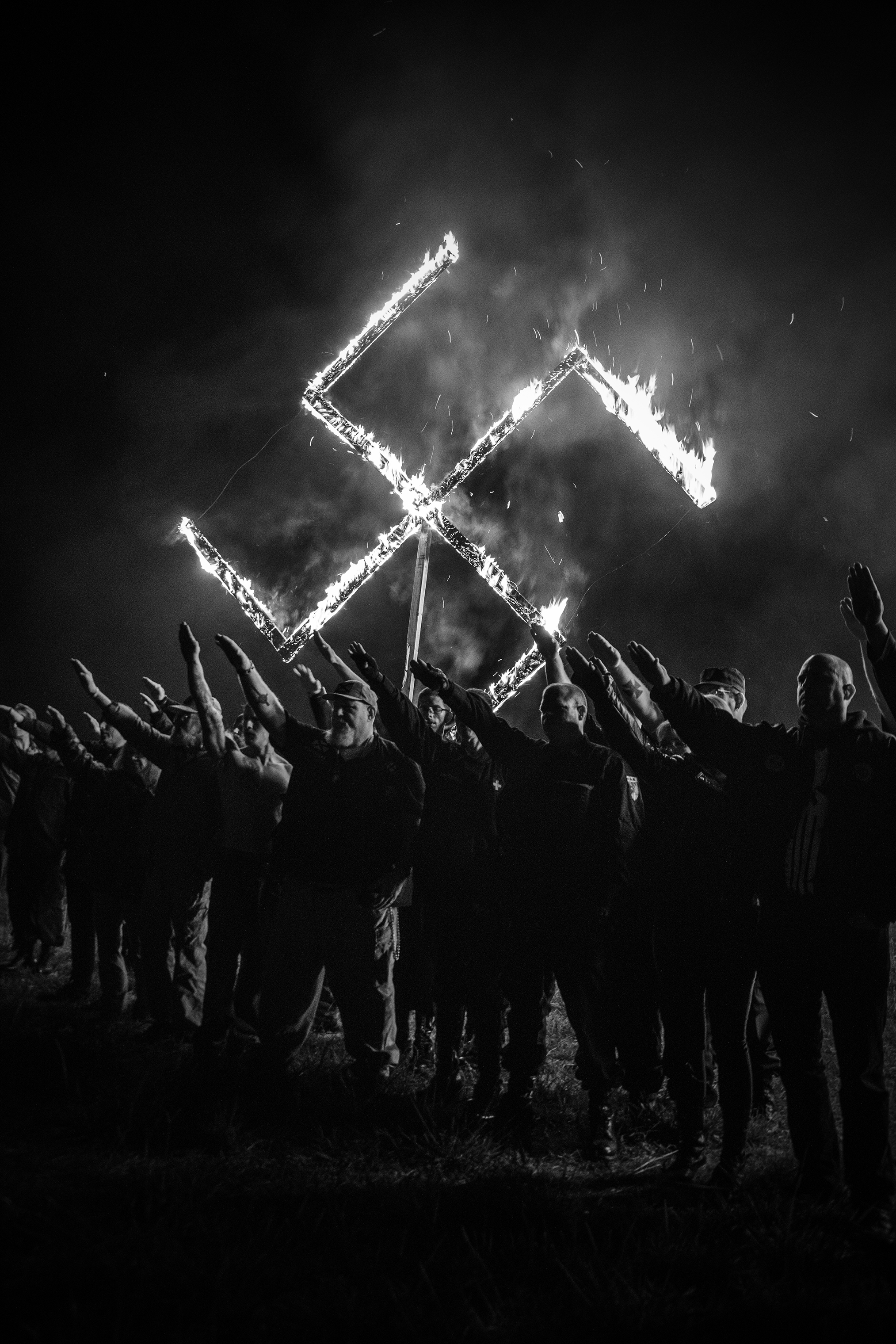
Under Trump, the question has become how many Americans sympathize in private with the messages a few hundred carry into the streets. An ABC News poll after Charlottesville found 9 percent of Americans, or 22 million people, found it “acceptable” to hold neo-Nazis views. A like number said they support the “alt-right,” as supremacists call their effort to mainstream their agenda.

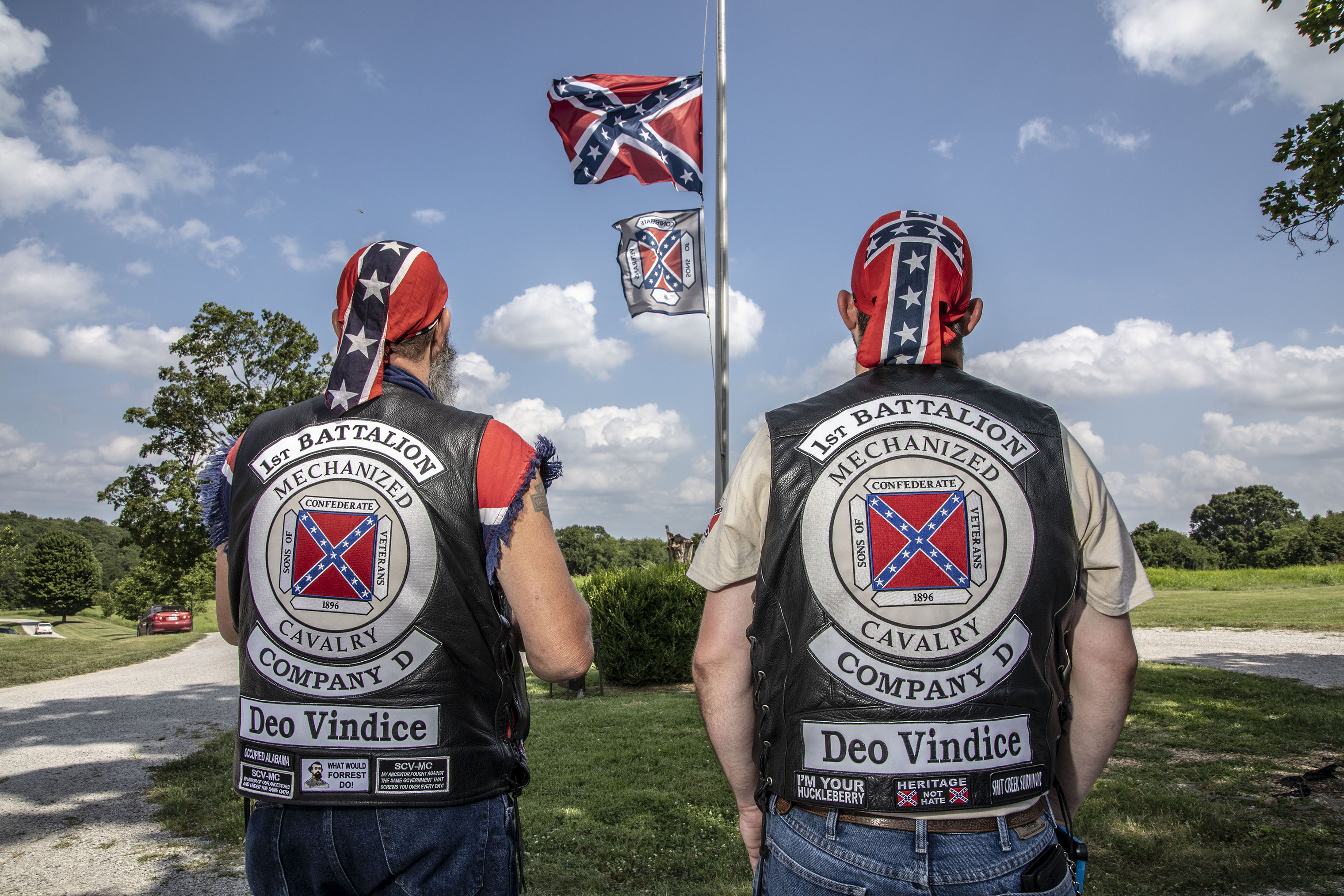
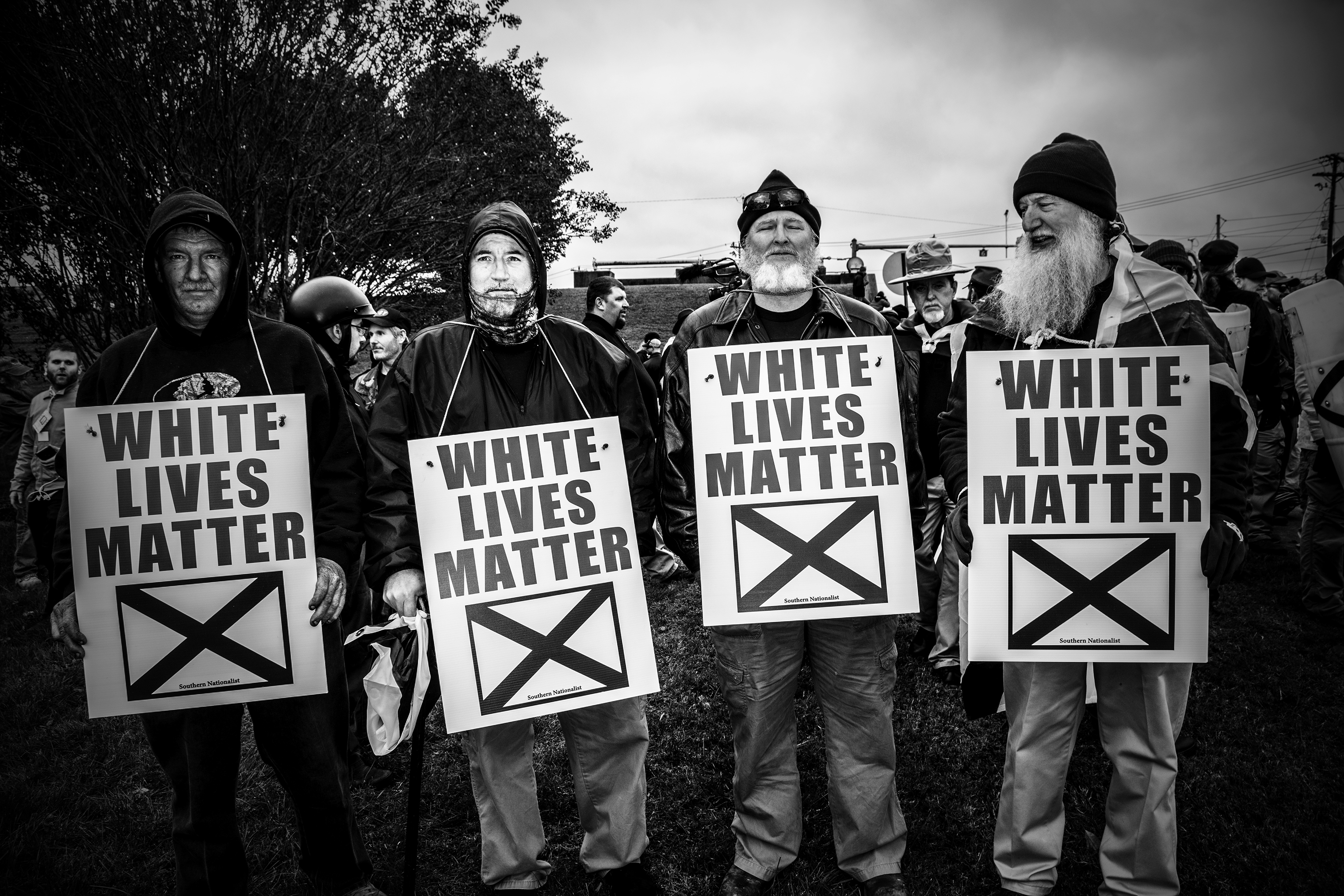
“They are totally cognizant of optics, as they would call it,” says Peterson, who spent the next year documenting white supremacist gatherings, including the large one in Portland, Ore., on Aug. 4, and tiny ones that drew massive security and a handful of supporters.
“I have friends I respect who say, ‘You’re just giving them attention they don’t deserve,” Peterson says. “I don’t know how to answer that. I really don’t. I hope the pictures I’m taking show a problem. And I don’t know if my pictures show a solution to that problem. But they show a problem, and I think that’s important, as a journalist, to look at.”


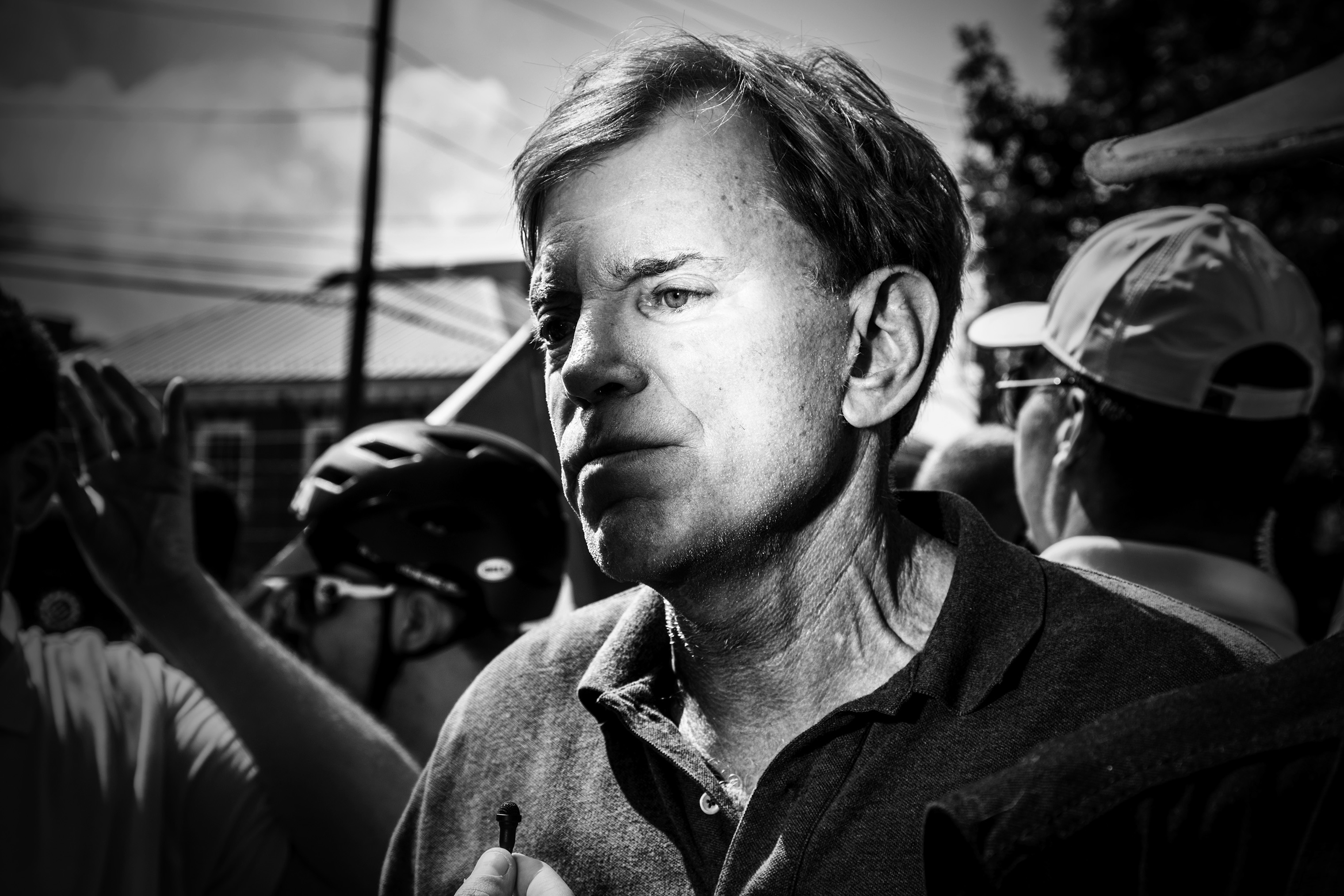
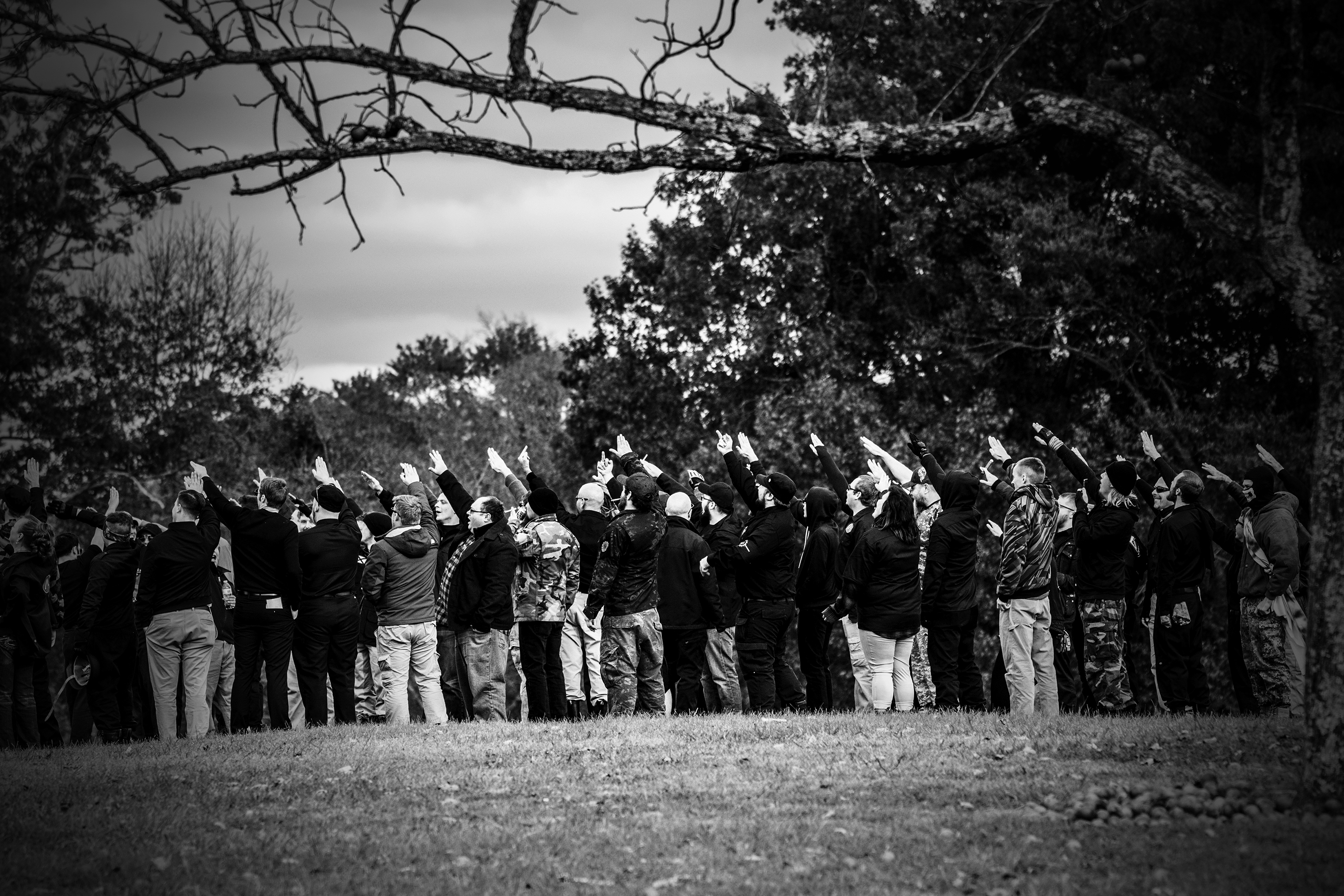
- Donald Trump Is TIME's 2024 Person of the Year
- TIME’s Top 10 Photos of 2024
- Why Gen Z Is Drinking Less
- The Best Movies About Cooking
- Why Is Anxiety Worse at Night?
- A Head-to-Toe Guide to Treating Dry Skin
- Why Street Cats Are Taking Over Urban Neighborhoods
- Column: Jimmy Carter’s Global Legacy Was Moral Clarity
